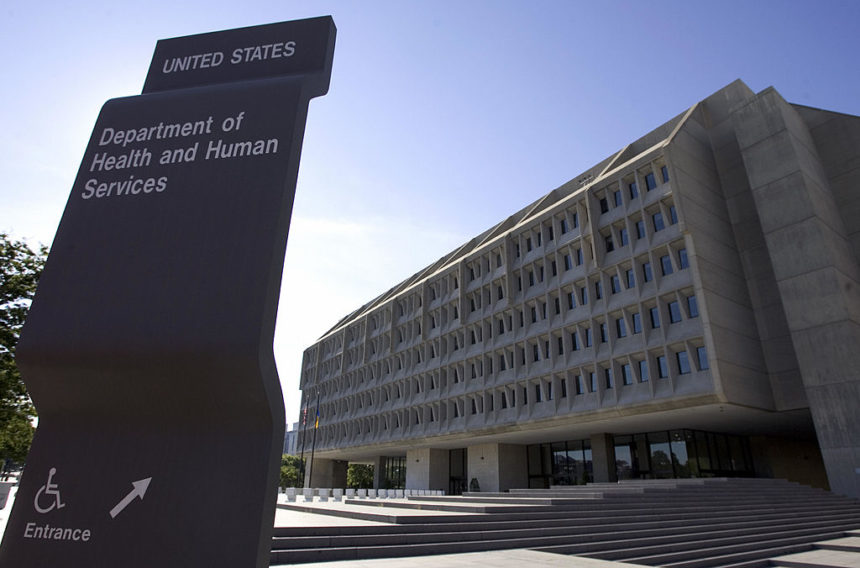For years, pharma industry allies have sought to put the brakes on a payer tactic that blocks copay discounts from counting toward patients’ deductibles and out-of-pocket maximums. Three advocacy groups, representing HIV and diabetes patients, are hoping they’ve found a way to end the programs nationally.
The HIV+Hepatitis Policy Institute, the Diabetes Leadership Council (DLC) and the Diabetes Patient Advocacy Coalition (DPAC) filed suit in U.S. District Court this week to challenge a federal rule codifying the tactic, known as copay accumulator adjustment.
Insurers and pharmacy benefit managers (PBMs) say that copay discounts, often provided by pharma companies, drive up premiums and spur patients to opt for expensive branded drugs even when cheaper generics can be had.
But for those with conditions that require costly specialty drugs lacking generic equivalents — the same kinds of diseases on which the trio of patient organizations are focused — accumulators can have devastating consequences, they argued.
“This practice is not only illegal but increases the cost of prescription drugs for millions of patients nationwide,” said Carl Schmid, executive director of the HIV+Hepatitis Policy Institute, in a statement. “Nearly one in four Americans taking prescription drugs struggles to afford them. The growing practice of insurers and PBMs not counting co-pay assistance is one reason why.”
The suit takes aim at the Department of Health and Human Services, which promulgated the rule in 2020 during the Trump administration, and the Centers for Medicare and Medicaid Services, which co-signed it. The rule allows insurers to implement accumulator programs, which block drugmaker copay assistance (often in the form of a drug discount card or coupon), from counting toward patients’ deductibles and out-of-pocket limits. After draining their available copay, patients typically are left with the full deductible, which can run into many thousands of dollars in the case of a medication for chronic disease.
As such, the rule enables plans to “double dip” — benefit from the copay assistance provided by the manufacturer, without crediting it to the patients’ out-of-pocket burden — and to receive payments in excess of the amount to which they’re entitled.
It’s also illegal under the Administrative Procedures Act, the groups argued. Saying insurers can exclude copay assistance from the definition of “cost-sharing” contradicts the text of the Affordable Care Act, which “looks not to where the money used for a co-pay originates,” per the lawsuit, and conflicts with the existing regulations relied on by federal agencies.
Moreover, whereas an earlier version of the rule had limited accumulators to branded prescriptions where a generic is available, in the final rule HHS sanctioned their use in all situations, regardless of generic availability. Ostensibly, this change was made due to the “market distortion” that occurs when consumers, given drugmaker support, pick a higher-cost branded drug over an equally effective, medically appropriate generic.
But giving insurers latitude to decide where and when to apply accumulators is “arbitrary and capricious,” the patient groups contended.
As a study by HIV+Hepatitis Policy Institute found, accumulators have “grown in the wake of HHS’s changing policy.” Indeed, use of accumulators has been expanding since their debut in 2017. Most of the major PBMs and insurers include them in their benefit design, as do self-insured employers like Walmart and Home Depot.
Manufacturers have been fighting back, including by shifting patients to a debit card strategy, a kind of indemnity program in which those who run up against an accumulator program get a debit card so they can continue to purchase the drug. But these programs are an expensive solution for pharma to implement and are not applied in every case.
Faced with a surprisingly large deductible, many patients may simply walk away without filling their prescription. That vicious cycle — payers continuing to offer plans with copay accumulators, manufacturers finding ways to circumvent them and patients caught in the middle — is expected to continue without something to break it.
The advocacy groups have been working at the state level with some success. Yet state legislation prohibits accumulators only in plans regulated by the states’ departments of insurance. Self-funded plans — which, together with Medicare and Medicaid, account for the majority of commercial insurance — are exempt.
Banning the practice among self-insured plans would take an act of Congress. The suit by the trio of patient groups is meant to put the brakes on the practice at the federal level.
“As we urge HHS to reverse the rule, we continue to work at the federal and state levels to pass laws outlawing this practice,” said George Huntley, CEO of DLC and DPAC. “While we have been successful in 14 states and Puerto Rico, helping millions of patients in those jurisdictions, we need to end copay accumulator programs nationally. Success with this claim will do that.”







